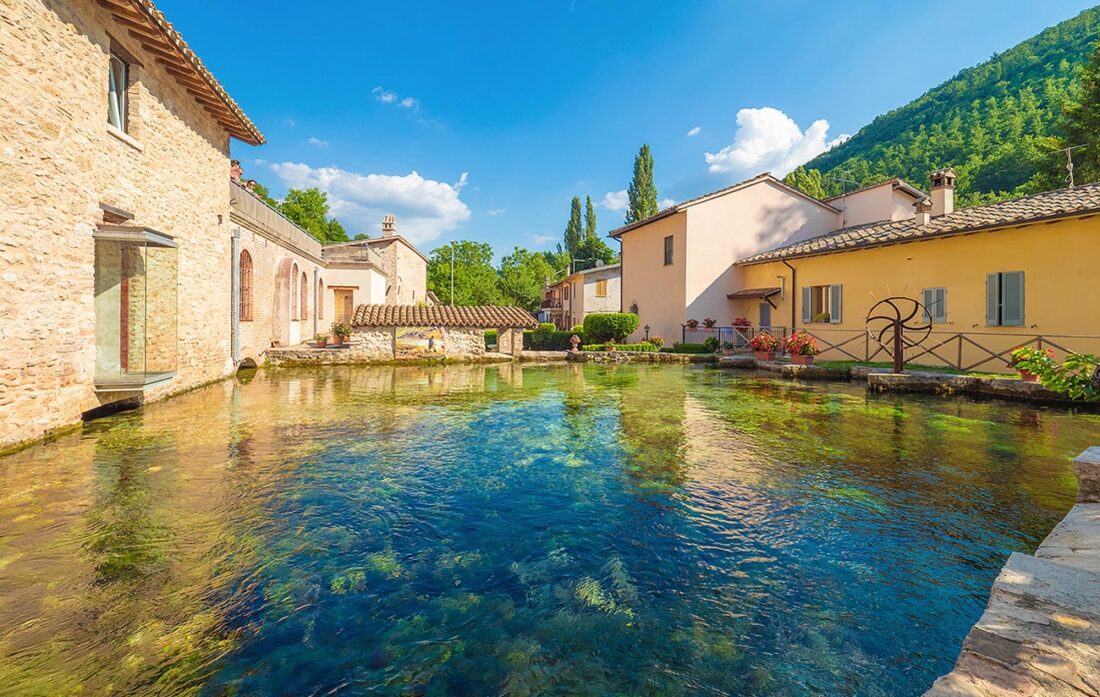Construction types: Magical Mills
Umbria, with its abundance of waterways, has widely exploited water as a source of energy for the numerous mills.
The oldest mills in central Italy are watermills and they were used for milling grain (to make flour) or olives (for oil).
Grain grinding provided the supply of flour for families, or even for the entire village. Flour is an essential part of the Italian cuisine and no meal is a meal without bread or pasta.
Olive grinding takes place in autumn after the harvest, and it is the preferred and most ancient method by those who wish to taste the authentic flavours of the Umbrian Olive Oil.
The mill stood near water sources, streams, rivers or artificial canals, and represented one of the peculiar components of the Umbrian and Tuscan rural settlements.
Whether they were small mills with horizontal blades or large mills with vertical wheels and millstones, these structures were real centers of life in the countryside.
Not far from the main building, a barrier (the chiusa) created an overgrowth from which the water was diverted into a canal tha
t reached the mill. Here a smaller reservoir was formed on the side of the building whose reinforced wall acted as a dam (shredding mills) and from where the water was directed with a jump against the wheel blades, which operated the stone mill located inside of the mill.



